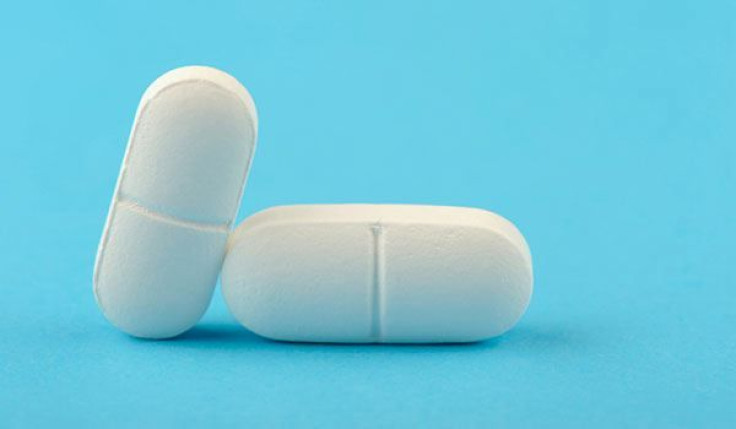CDC: The Top 10 Things You Should Know About Prescription Drug Abuse

With a drastic rise in overdose deaths from prescription painkillers over the past few years, the Centers for Disease Control and Prevention (CDC), in conjunction with PBS News, just released a list of the top 10 things you should know about prescription drug abuse.
The CDC compiled this list because deaths from prescription painkillers have reached "epidemic" levels. The number of deaths has increased from 4,030 deaths in 1999 to 16,651 in 2010, a number greater than the number of overdose deaths from heroin and cocaine combined.
Still, deaths are only part of the problem. For every death there are 10 treatment admissions for abuse, 32 emergency department visits, 130 people who abuse or are dependent on the drugs, and 825 people who are taking the painkillers without a prescription, according to PBS News.
"We can stop this epidemic," Dr. Thomas Frieden, director of the Centers for Disease Control and Prevention, said during the second National Rx Drug Abuse Summit in early April. "We have the tools, but we need everyone working together in an all-hands-on-deck approach."
The increase in deaths is attributed, in part, to a higher accessibility of the drugs, also known as "opioids," such as Vicodin, OxyContin, Opana, and methadone. Dr. Frieden mentioned in a press release for the summit that the death rate "parallels the four-fold increase in sales of these drugs over the past decade."
These drugs aren't just being bought by pharmacies, hospitals and doctor's offices either. The CDC says a large problem is dealing with the amount of people that are buying them without a prescription, usually from people they know that had originally gotten a prescription from a doctor.
"One important tool is to encourage citizens to dispose of their unused or outdated medications through medication drop-boxes and the US Drug Enforcement Administration's pill take-back days," Gil Kerlikowske, director of the White House Office on National Drug Control Policy, said.
Indeed, drop-boxes and take-back days are just two ways to prevent the circulation of non-prescribed painkillers and the growth of this "epidemic." The CDC also suggests that states and communities enhance access to substance abuse treatment, improve prescription drug monitoring programs, and using Patient Review and Restriction programs.



























